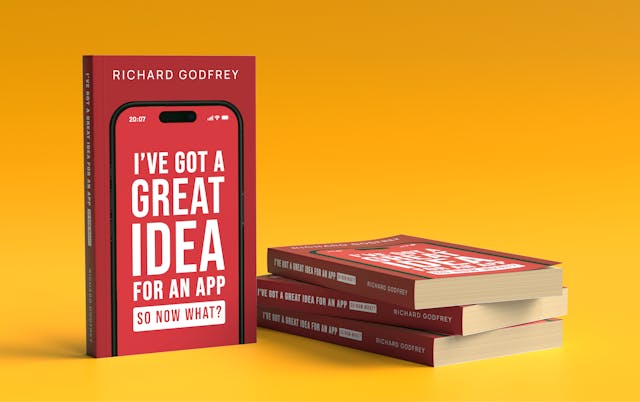Using the MoSCoW Method of Prioritisation for a Digital Product

At Rocketmakers, we work with a lot of business owners and founders of start up and scaleup businesses. Whether we're going to be working on a new project, or undertaking a digital transformation, it's important to know what our client's priorities are for the build. Getting to market quickly often means that prioritisation is necessary, so we direct clients to the MoSCoW method of prioritisation to help with the process. We believe that this is a hugely valuable approach that should be undertaken at the beginning of every project to prioritise features in a digital product.
The MoSCoW method helps clearly define objectives and align stakeholders in their goals and priorities. It is also extremely versatile and can be used in any time-boxed project and adapted for a variety of different uses. Before undertaking the task, we recommend getting the product team aligned with one another, including agreeing how disputes will be settled to help avoid problems further down the line.
What is MoSCoW Prioritisation?
To use the MoSCoW Prioritisation most effectively, we encourage our clients to gather together all the key stakeholders associated with a project and work together to assess the priority level of each feature in the product according to 4 different categories. We encourage clients to create their own scoring system to help remove the subjectivity of this process, and focus the activity. The acronym is representative of four categories that product features can be divided in to:
Must-have
These are non-negotiable and the inclusion of them is paramount to the success of the product. In other words, the product simply won't function without them. Obviously, these will differ depending on the product that is being built, but we find that must-have features will typically include:
- a core user journey
- security functionality for compliance
- authentication
- log ins
- user profiles
- user ability to delete account (an often overlooked app store requirement)
- a homepage/ dashboard
Should-have
Initiatives that will add significant value but aren't necessarily vital. The product will work without these initiatives, but without them the product will be inferior. The likelihood of them being built is high. Should haves that we commonly see with our partners include:
- important user journeys, that provide significant value to the product, but are feasibly possible to remove
- performance improvements
- minor bug fixes
- payment platforms
- user management eg the user or provider being able to change your personal details
Could-have
These will add some value if they are included in the product. Often, these initiatives will be included when and if time allows, and excluded if the Must-haves and Should-haves end up taking more time than first thought. These might be:
- a search feature
- certain integrations
- push notifications
- higher quality animations
Won't-have/ Will not have right now/ Wish to have
These will usually have to wait or aren't needed for the product at this stage in development. They could be prioritised at a later stage in development, or ultimately deemed not necessary for the product at all. It's useful to put initiatives in this category to remind stakeholders why they were put here in the first place and to avoid spending time on them as the product develops. These will vary massively from product to product but might include:
- multi language support
- visual 'easter eggs'
- augmented reality
- advanced AI
- gamification
Three ways to use the MoSCoW method of prioritisation
Time constraints
MoSCoW method creator, Dai Clegg, originally developed the approach to overcome his team's time constraints. This is perhaps also the most obvious way to use MoSCow, as it can help with not getting carried away with the initiatives lower down the list that won't affect the initial product release. It can also be relevant when a product is being released on a specific date or for a particular event.
Budget limitations
If the project’s limiting factor is budget, MoSCoW can help refine the categories. For instance the approach encourages the product owner to assess the importance of different features, and consider both the importance of them and the cost. The more expensive features that aren't necessary for the launch of the new product could then be placed into the could-have category or the won’t have categories.
Competing needs
Finally, it could be useful to prioritise features based on other things happening within the company or market. Perhaps some features are more important in order to garner user feedback, or stakeholder buy in, or maybe they would be relatively easy wins compared to others.
Tips for effective MoSCow Prioritisation
There are a few things to be aware of when using the MoSCoW method of prioritisation. It's very important that all relevant stakeholders are involved in the process to ensure that each person's priorities are placed within the correct categories and nothing is missed. Of course, this could lead to bias towards one's own priorities and one drawback of MoSCoW is the lack of a consistent scoring process. But we find that as long as this is kept in mind, it can usually be worked around. We often also suggest creating a bespoke scoring system which is unique to the company or product which can help focus the stakeholders.
If you're planning a new product or a digital transformation, we highly recommend going through the process of the MosCow method of prioritisation, it can really help set the roadmap and get set up for success for a great project!



